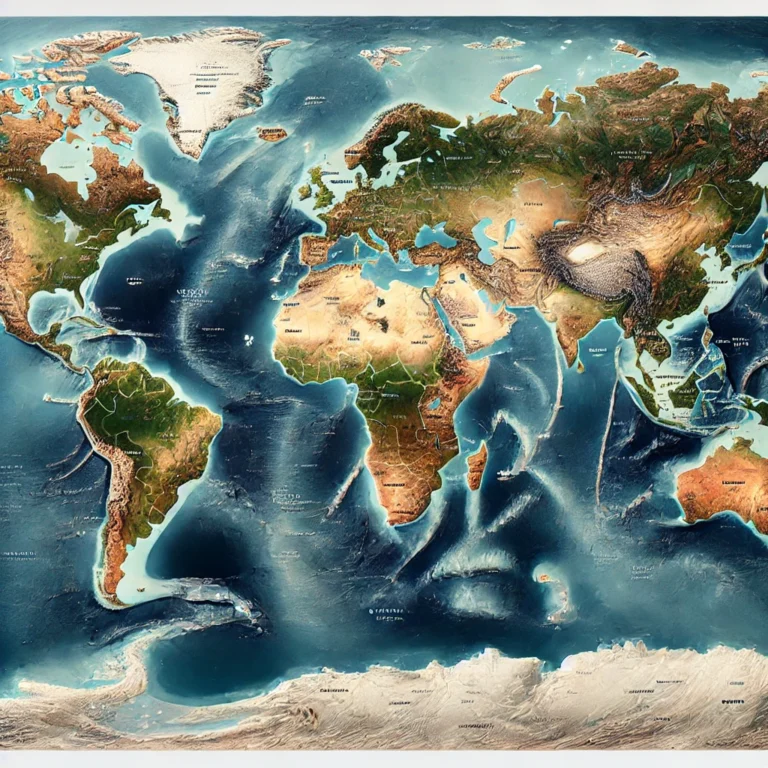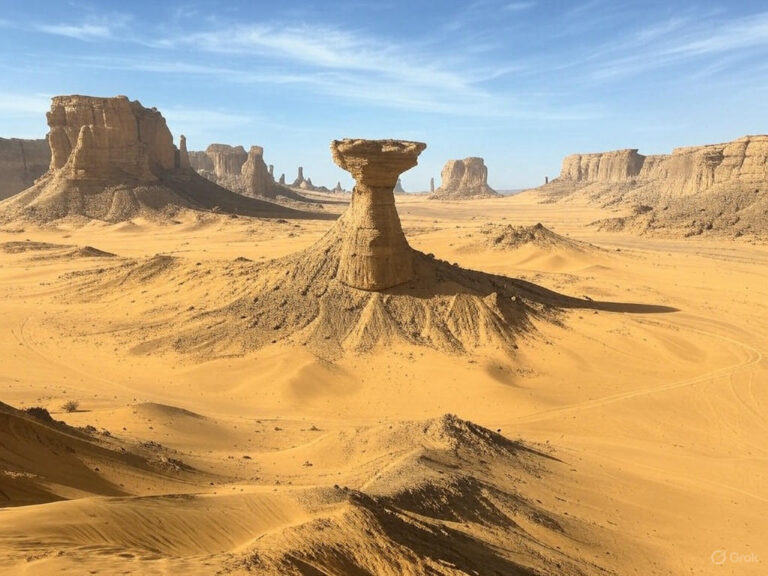Western Disturbances
Let’s say you are standing in the cold, quiet landscape of North India on a winter morning. The sky is clear, the air crisp, and the fields of wheat stand tall, awaiting their lifeline—rain. But unlike the dramatic monsoon showers that arrive with fanfare, this winter rain comes stealthily, carried by an invisible hand from lands far away. This unseen force, known as Western Disturbances, plays a crucial role in shaping the winter climate of North India.
Now, let’s understand this—starting from where these disturbances are born, tracing their long voyage across continents, and finally witnessing their impact on India’s weather and agriculture.
Birth of a Western Disturbance: A Mediterranean Origin
Our story begins in the Mediterranean region, a vast stretch of landlocked seas bordered by Europe, Africa, and the Middle East. Here, in the winter months, the atmosphere is restless. Cold polar air from the north clashes with the relatively warmer air of the subtropics. This battle of air masses leads to the formation of a low-pressure system, much like a whirlpool forming in a river when two currents meet. This is the birthplace of the Western Disturbance—an extra-tropical storm system, far removed from the warm, moisture-laden monsoons that India is more familiar with.
This storm system is fuelled by moisture from the Mediterranean Sea and gains strength as it prepares for its eastward journey. But what pushes it towards India? The answer lies high above in the sky—the Subtropical Westerly Jet Stream.

The Long Journey: Carried by the Westerlies
Once formed, the Western Disturbance is like a traveler boarding a fast-moving train—the westerlies. These high-altitude winds act like conveyor belts, pushing the system eastward across West Asia, Iran, Afghanistan, and Pakistan, before it finally reaches Northwestern India.
The speed of this movement is typically 40 km/h, which means that within a few days, a disturbance that formed over the Mediterranean can reach the Indian subcontinent. Along the way, it may pick up additional moisture from the Caspian Sea and Black Sea, further enhancing its strength.
When this system reaches the Indian subcontinent, it meets a contrasting air mass—the relatively warm air sitting over the plains. This interaction triggers precipitation, bringing winter rain to the plains and snowfall to the Himalayas.
The Impact: A Double-Edged Sword
🌾 Lifeline for Rabi Crops
For farmers in Punjab, Haryana, Rajasthan, and western Uttar Pradesh, these winter showers are a blessing. The rainfall provided by Western Disturbances is essential for Rabi crops, particularly wheat, which depends on this moisture for proper growth. Without these showers, India’s wheat production would suffer significantly.
❄️ Snowfall in the Himalayas
As these disturbances move further north, they bring heavy snowfall to the Himalayas—Jammu & Kashmir, Himachal Pradesh, and Uttarakhand. This snowfall is vital as it replenishes glaciers and maintains the flow of perennial rivers like the Ganga and Indus during the summer months.
🌪️ Disruptions and Disasters
But Western Disturbances are not always gentle. When too strong, they can cause:
- Landslides and Avalanches in the Himalayas
- Flooding in the plains due to excessive rainfall
- Cold wave conditions and dense fog, disrupting transport and daily life in North India
Think of them as guests—sometimes they bring gifts, but if they overstay or arrive too aggressively, they can create havoc.
Why Are They Called ‘Disturbances’?
The term “disturbance” might sound negative, but in meteorology, it simply refers to an area of low pressure that disrupts stable weather conditions. Since these storms originate in the west and cause weather changes, they are aptly named Western Disturbances.
Conclusion
Western Disturbances may not have the dramatic arrival of the monsoon, but they are indispensable to India’s winter climate. They sculpt the weather, nourish crops, sustain rivers, and bring beauty to the mountains in the form of snow. Yet, like any natural force, they also have a destructive side when they become too intense.






